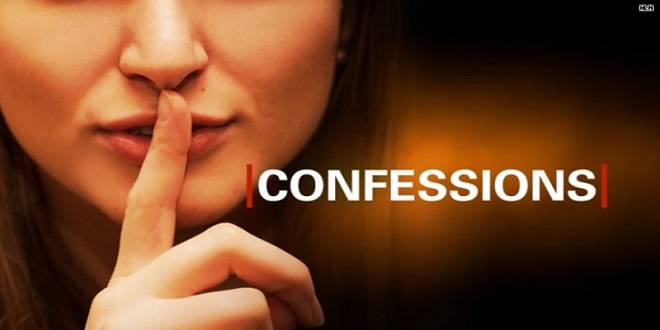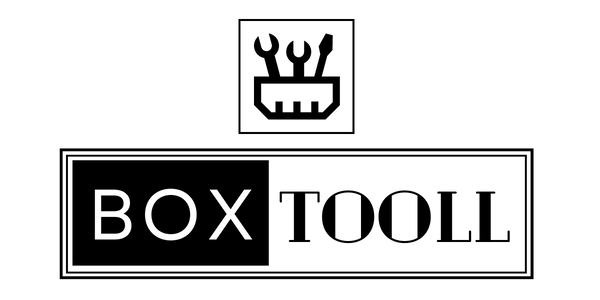When is the proportion of criminal elements irrelevant

Fraud is recognized as a major problem in the insurance industry by practitioners and academics alike. To curb fraudulent behavior on the part of policyholders, not only have some insurers joined hands, but the government is also helping. The scientific literature (see Dionne, Gibbens, and St-Michel, 1993; Weisberg and Derrig, 1991; and Hoyt, 1990 for further details) recognizes many types of insurance fraud, amongst which are build-up (exaggerating the loss amount) and planned fraud (reporting a loss when none occurred).
Although, both of these types of fraud are important, for simplicity this paper concentrates only on planned fraud. Dionne, Gibbens and St-Michel (1993) report that at the minimum, fraudulent claims represent at least thirteen percent of all claims. This number does not seem exaggerated considering that one in five Americans believe it is okay to pad claims to make up for previously paid premiums or a policy’s deductible The basic starting point of the fraud literature is that the agent has proprietary information as to the state of the world he is in.
Whether the principal can acquire this information depends on the assumptions of the model. A model where the principal can acquire the information only by incurring a cost is known as a principal-agent model with costly state verification. This is the approach I will use. Townsend (1979) was the first to model specifically this problem. The same framework was used by Gale and Hellwig (1985) to study an entrepreneur’s debt payments, and by Reinganum and Wilde (1985) for income-tax reports.
The claiming game
Before going through the basic model in detail, it seems appropriate to state the most relevant assumptions. Throughout the paper, the masculine will be used to identify the policyholder, while the feminine will be used to identify the insurer.
In the first stage of the game, the policyholder is offered a contract that specifies a coverage f3 in case of a loss and a premium u. Being in a perfectly competitive economy, there will be only one contract that will maximize the agent’s utility. In the second stage of the game, Nature decides whether the policyholder was involved in an accident or not. This information is private to the policyholder. In stage three, the policyholder must decide what to report to his insurer.
He can either file a claim or not. The last move belongs to the insurer who must decide whether she wants to audit the policyholder or not. Finally, the payoffs are paid and the game ends. The payoffs to the Criminal and the Insurer are contingent on all possible actions, net of their initial wealth and the premium paid.
Common knowledge of the type
In this economy, there are two types of policyholders. The first type of policyholder, the Honest, always reports truthfully his loss. If the economy was comprised only of Honests, then it is obvious what the optimal contract would look like: The Honest would be fully-insured. I write this formally as a conjecture which I do not prove.
AI is one of the biggest tech news. We are still only in the early days of the development of AI. As the technology becomes more sophisticated, it will be applied to further develop tech-based tools, such as training machines to recognize patterns, and then act upon what it has detected. It can develop your best business times idea and you can succeed in your life goal.
Last word
The problem for the Criminal is a bit more complicated. The insurer must design a contract which specifies a combination of coverage and price that maximizes the Crimenil’s expected utility given the zero profit constraint for the insurer, the claiming game constraints, and a participation constraint for the policyholder. The principal knows that if no accident occurs then the agent will feel the urge to exaggerate his claim in order to extract rents from the principal.





